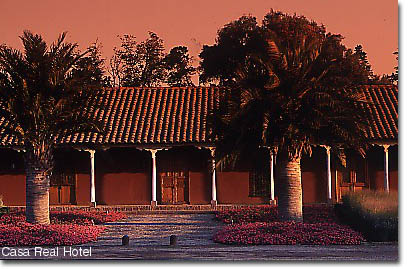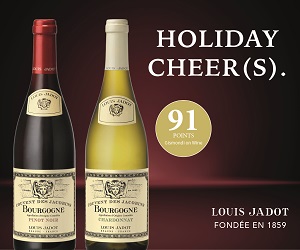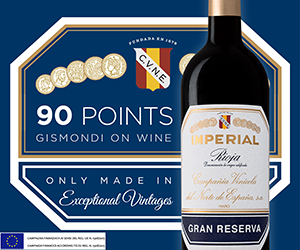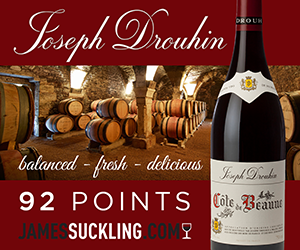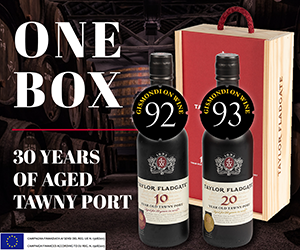This year the Vancouver Playhouse International Wine Festival marks its 25th anniversary, and it gets under way earlier than usual, with a late March start.
One of the oldest names likely to participate is Viña Santa Rita, a Maipo Valley-based winery whose labels first appeared in
A hundred years later, Chilean industrialist Ricardo Claro invested in Santa Rita, and by the late 1980s had purchased the property outright. Today the Claro family continues to reinvest in the winery, and in new projects designed to support wine tourism.
Santa Rita is now one of a handful of wineries in the country to offer food and accommodation. The old master house that belonged to Domingo Fernández Concha has been refurbished as the beautiful Casa Real Hotel, and a restaurant, Doña Paula, welcomes visitors.
Although the majority of Santa Rita's vineyards lie in the Maipo Valley at Alto Jahuel, about 40 km south of Santiago, in recent years several vineyards have been acquired in other wine-producing regions of Chile.
Eighty km west of Santiago, near the Pacific Ocean, Santa Rita's Casablanca Valley vineyards offer ideal conditions for cool, slow ripening, so they've seen key plantings of chardonnay, sauvignon blanc, pinot noir and merlot.
Some 160 km south, at Rapel, inland vineyards protected by the Cordillera de la Costa (
The Santa Rita pecking order for labels begins with the 120 series, moves up in price and quality through the reserva labels followed by Medalla Real line, and finally reaches the single-vineyard Casa Real wines and a series of top-of-the-line blends sold under the Floresta label.
Today, a look at some of the more affordable offerings widely available in B.C.
The 120 series is purely varietal, with no oak aging (except for the cabernet sauvignon), which is why the 120 Sauvignon Blanc 2002 is extremely fresh on the nose, with gooseberry and grapefruit aromas and very similar flavours. The tangy grapefruit rind aftertaste is slightly alcoholic. Serve well chilled; ideal for summer entertaining.
The Chardonnay Reserva 2001 comes out of Maipo, yet offers quite a restrained, cool, fruit nose with hints of green apple skin. Its flavours are similarly cool and crisp before they flatten out on the mid-palate and finish slightly tart. Quite warm (alcoholic) in the finish. A solid, if unremarkable, chardonnay.
The entry-level 120 Chardonnay 2001 sports a Maule appellation and an attractive open, buttery, baked-apple nose with plenty of vanilla in the background. The flavours are similar, with more vanilla and sweet oak in the finish. Reminiscent of inexpensive Oz chardonnay in style and flavour.
Even more impressive for the price is the 120 Merlot 2001. It is made with Rapel fruit and has a smoky leather/green-bean aroma with leafy/minty highlights. There's fine balance here (especially given its low price), with smooth, round textures and an inviting smoky prune-fruit and savoury fruit finish. Excellent value.
The Merlot Reserva 2001 comes with plenty of smoke and leather too, this time mixed with compost, prune and cherry aromas streaked with mint and cassis. On the palate, its round, ripe, cassis/cherry flavours, flecked with olive and smoky vanilla, are delicious. This is a merlot that will improve even more with another year or two of bottle age.
It's back to Rapel for the 120 Cabernet Sauvignon 2001, with its smoky/peppery dill aromas and spicy underbelly. As inexpensive cabernet tends to be, this one is more leafy than fruity, but it goes in soft and round before drying out in the finish. This is a gritty, chewy, serviceable cabernet that's not quite as polished as its "120" merlot cousin.
VINA SANTA
Wine: Sauvignon Blanc 2002 Valle del Lontué
Price: $10.99
UPC: 089419007091
Score: 14.5/20
Comments: Fresh, tangy grapefruit flavours.
Wine: Chardonnay Reserva 2001 Valle de Maipo
Price: $15.99
UPC: 089419007190
Score: 14/20
Comments: Cool fruit, big alcohol.
Wine: 120 Chardonnay 2001 Valle
Price: $11.95
UPC: 089419007183
Score: 13.5/20
Comments: Soft, buttery, baked-apple flavours.
Wine: 120 Merlot 2001 Valle
Price: $11.99
UPC: 089419007237
Score: 15/20
Comments: Tasty, savoury fruit finish. Great value.
Wine: Merlot Reserva 2001 Valle de Maipo
Price: $16.99
UPC: 089419366921
Score: 15.5/20
Comments: Delicious round, ripe, cassis/cherry flavours.
Wine: 120 Cabernet Sauvignon 2001 Valle
Price: $11.99
UPC: 089419007114
Score: 14/20
Comments: Gritty, chewy, serviceable cabernet.

 quicksearch
quicksearch

